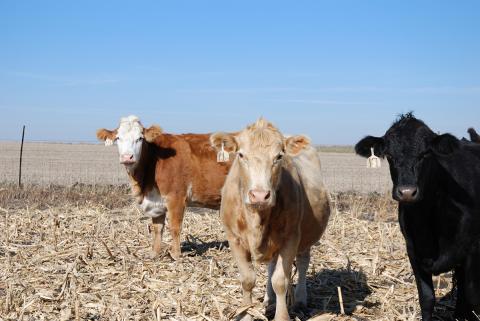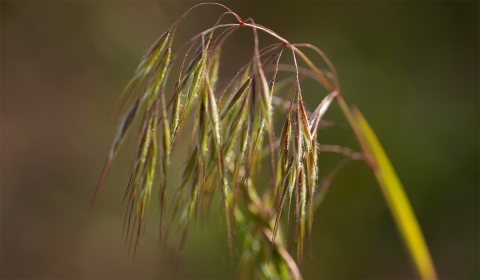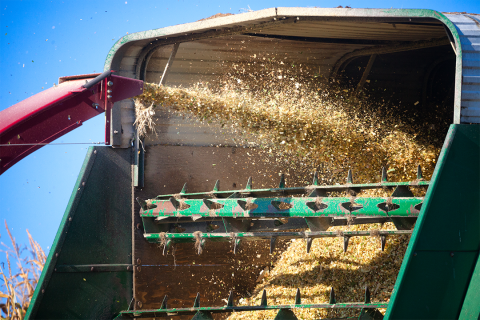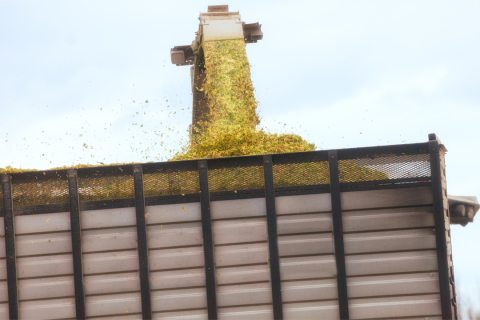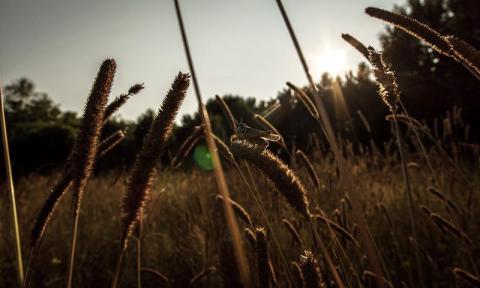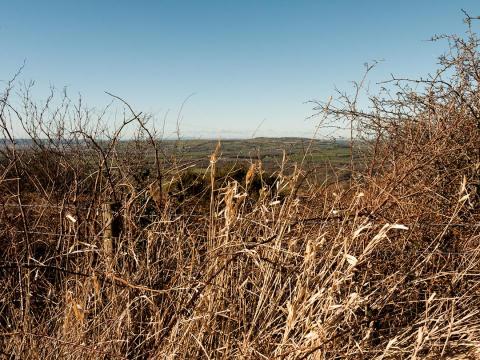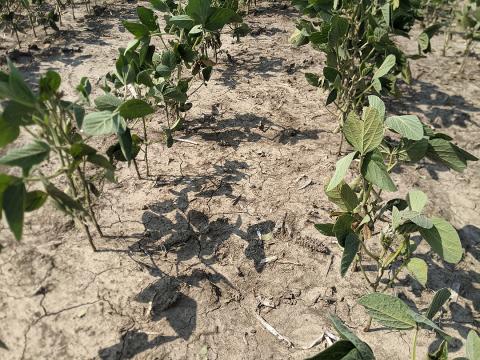Pasture and Forage Minute: Lease Agreement Conditions, Grazing Drought-stressed Crop Residue
September 27, 2023
Extension educators review important factors to consider when entering a land lease agreement, overgrazing pastures in preparation for interseeding legumes, and using drought-stressed crop residue as a feed source.
Pasture and Forage Minute: Managing Cheatgrass, Last Alfalfa Harvest and Fall Armyworms
September 19, 2023
Management insights on controlling cheatgrass, wild oats and fall armyworms in pastures, and using growing degree days to schedule your final alfalfa harvest.
Pasture and Forage Minute: Understanding Nitrate Scores, Corn Silage Pricing
September 6, 2023
Extension educators review the importance of understanding nitrate and nitrate nitrogen scores in forage test results, how to price corn silage to salvage drought-stressed crops, and selecting winter annual forages.
Pasture and Forage Minute: Considerations for Corn Silage, Last Cutting Alfalfa and Forage Inventories
August 29, 2023
Best practices for packing and covering corn silage, timing the last fall alfalfa cutting, and taking inventory of fall and winter feed supplies.
Pasture and Forage Minute: Managing Grasshoppers, Pasture Weeds and Wet Hay
August 23, 2023
Insights on late summer grasshopper and pasture weed control, and options for producers putting up hay in wet conditions.
Pasture and Forage Minute: Managing Drought-stressed Brome, Alfalfa Seeding
August 17, 2023
Insights on managing drought-stressed brome pastures this fall, planting windows and weed control for fall-seeded alfalfa, and registration information about upcoming field days.
Soybeans for Forage
August 17, 2023
Brown soybean plants that were evaluated by crop insurance at 2-4 bu/ac can be grazed if a grower doesn’t wish to harvest them. They’re just low quality.
Pasture and Forage Minute: Kernel Processing for Silage, Hay Harvest and Storage Considerations
August 9, 2023
Nebraska Extension Educator Ben Beckman reviews methods of kernel processing for quality corn silage, reducing hay loss during storage and adjusting for adverse weather during hay harvest.

